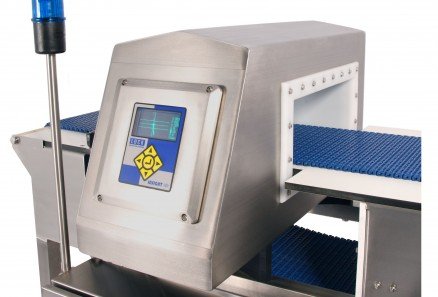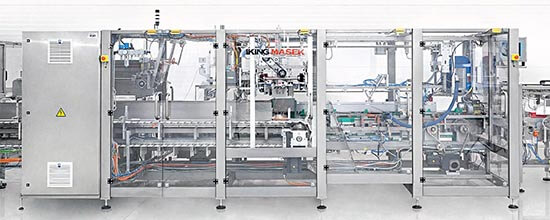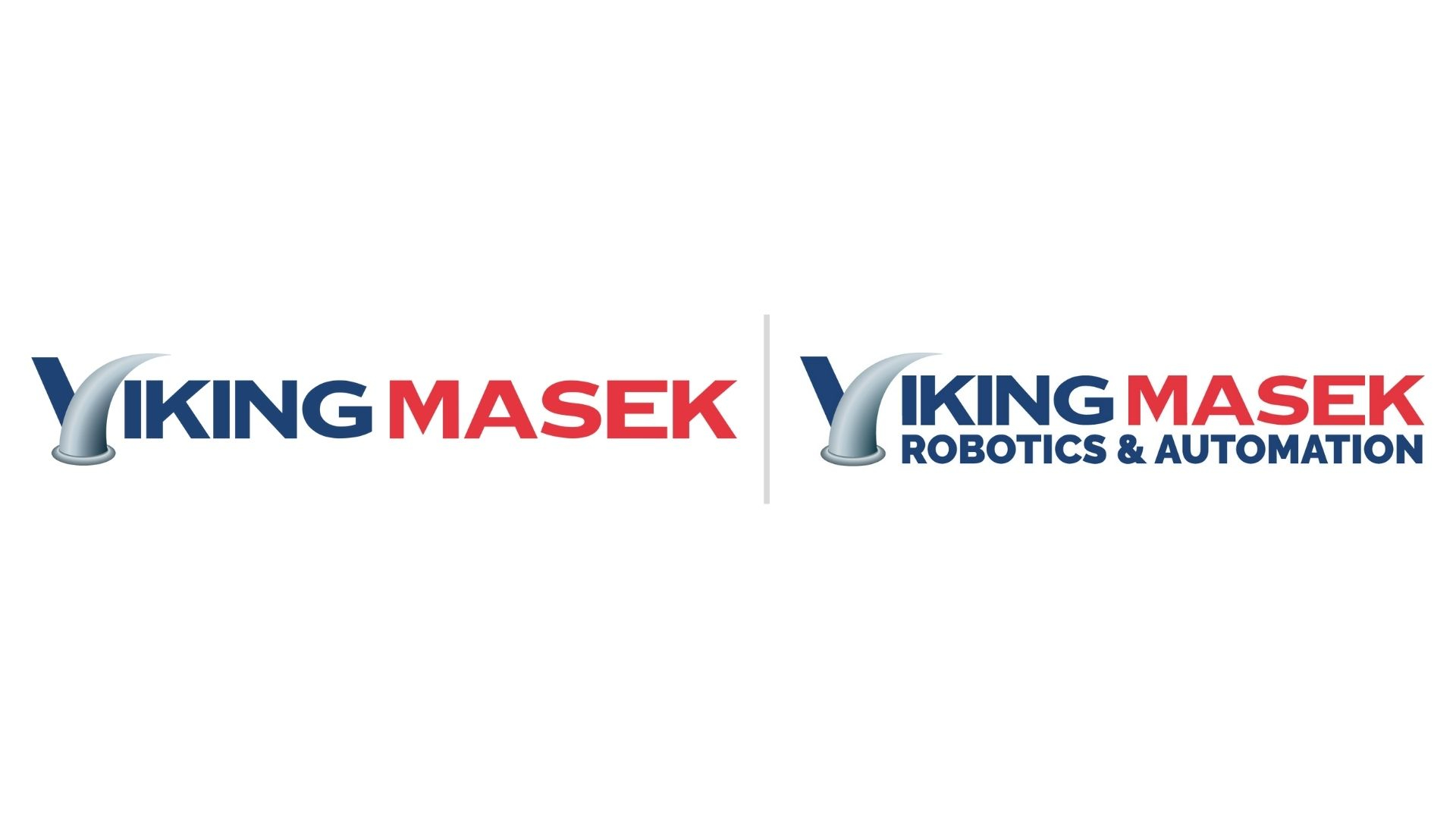Metal Detection for Food Products: Safe and Sealed
 Metal detection systems were first produced in the UK in 1948, and now are widely used in the food packaging industry.
Metal detection systems were first produced in the UK in 1948, and now are widely used in the food packaging industry.
Your brand's reputation is everything in this ultra-connected, product-saturated world. An investment in packaging equipment that produces safe and sealed packages could make all the difference. One way to ensure the integrity of your product is to add metal detection to your packaging line.
In our last Safe and Sealed blog post, we learned about X-ray technology as it relates to packaging. Today we visit again with our experts to answer some technical questions about metal detection systems.
How do metal detection systems work?
According to Quality Assurance & Food Safety Magazine, all general-purpose nonferrous metal detectors are designed in the same basic manner:
- Three coils are wound exactly parallel on a non-metallic frame.
- The center coil is connected to a high-frequency radio transmitter.
- Two transmission-receiving coils sit on either side of the center coil.
- Because the two outer coils are identical and the exact same distance from the center, they receive the same signal and produce an identical, balanced output voltage.
So when a particle of metal passes through the system:
- The high-frequency field is disturbed beneath one coil, changing the voltage and disrupting the balance.
- The output fluxes from zero, producing a signal alerting the system to the presence of metal.
- Depending on the specifics of the system, a rejection mechanism is generally activated, with the ideal result of removal of 100 percent of the metal and a minimum amount of salable product.
Why should a packaging operation invest in metal detection?
Protecting your brand in the marketplace is one of the most important functions a food manufacturer performs. But all the investment to establish a reputation for product quality could be lost in the event of one safety recall.
Developing and maintaining an effective, verifiable inspection program is no longer an option for processors. Metal detection is an effective and relatively inexpensive method of protecting your customers and your brand. While price, delivery and other commercial considerations are important, technical performance must be the primary factor when evaluating a metal detector to trust with your brand reputation.
How do I select the right metal detection equipment for my packaging environment?
Start by evaluating your inspection area. Is it wet or dry? What are the variations in temperature? Selecting a metal detector suited for your operating environment is critical.
Water intrusion into the electrical components is one of the most common causes of metal detector failure. If there is a wash down regimen in the plant, is it high or low pressure? An IP65 washdown rating means that the metal detector can withstand low-pressure wash down with ambient temperature water. An IP69K rating means sustained high temperature and pressure. But beware: these ratings are typically self-reported. The manufacturer's reputation in the industry for the ability to withstand washdown can be a good indicator.
Does the wash down include caustic agents? If so, careful attention should be given to the specific alloy of the stainless steel used for the metal detector's case. Type 316L is more resistant to these caustic agents.
For dry environments, is the finish of the metal detector painted? Placing a painted surface in the product stream could eventually contaminate your products with chips of paint.
Also consider impact resistance. Plastic covers and membranes are subject to wear or impact penetration. A robust display screen and keyboard avoid downtime and parts replacement costs.
What is product effect and how does it relate to metal detection?
Product effect is an important factor in the selection of a metal detector. If your products are conductive (usually due to water, salt, or iron content), they will affect the electromagnetic field of the metal detector, causing it to produce a false reject. Dry or neutral products generally do not cause this effect.
If product effect is a factor, the correct frequency must be selected to move the product effect signal away from the signal of the contaminants. A metal detector that uses a single frequency cannot accommodate much signal variation thus making it unsuitable for inspecting a variety of product types or those that may vary in temperature. A three frequency, or better still, a multi-spectrum metal detector would be more suitable for these applications.
The most sophisticated metal detectors on the market today use multi-spectrum technology. Instead of relying on just one frequency, a spectrum of multiple frequencies work simultaneously to filter out product signals in a way that is much more effective than a single frequency. In addition, the number of false alarms is greatly reduced
How sensitive should a metal detection system be?
Metal detection sensitivity needs often vary according to the operation. For example, a metal detector's primary function might be to protect a key piece of equipment, such as a sheeter or slicer. The goal would be to eliminate metal that is large enough to damage the equipment.
In another part of the line, a different level of sensitivity would be required to inspect a bulk flow of product. And because final package inspection should be the most demanding, even higher sensitivity would be needed to protect your product before it reaches the marketplace.
Your plant's quality control group should have specific sensitivity targets for ferrous, non-ferrous, and stainless steel (type 316) contaminants for each inspection operation. These targets should be communicated to the metal detector manufacturer so that they can select the right equipment for each application. Be sure to set realistic and achievable goals.
How to get started with metal detection for food packaging
Viking Masek has many years of experience implementing fully integrated food packaging systems with metal detection. But before we start any project, we need to gather specifications from the client. Get a head start on your next safe and sealed packaging system by downloading our free project scope planner:





